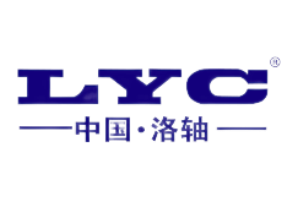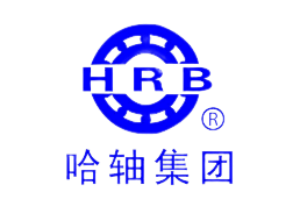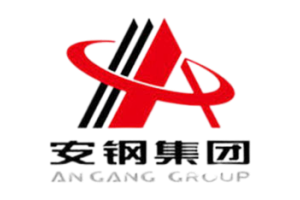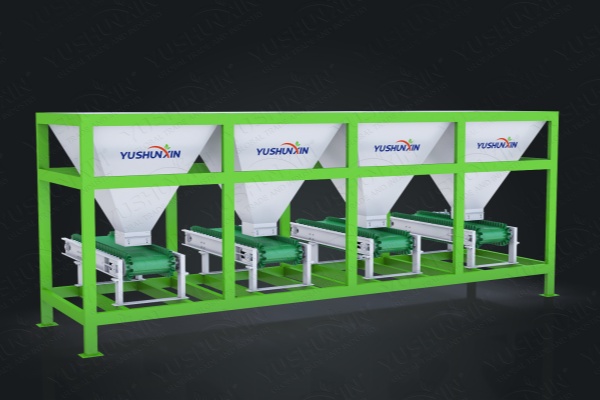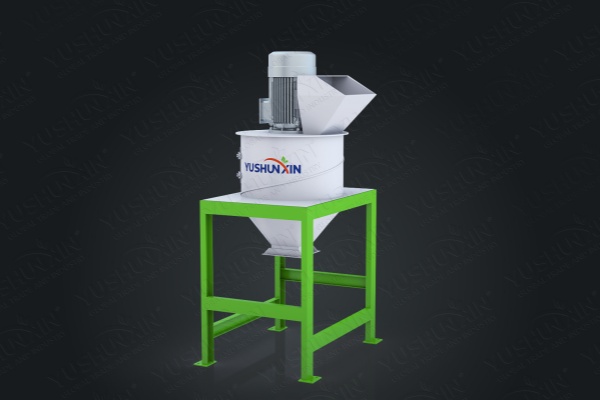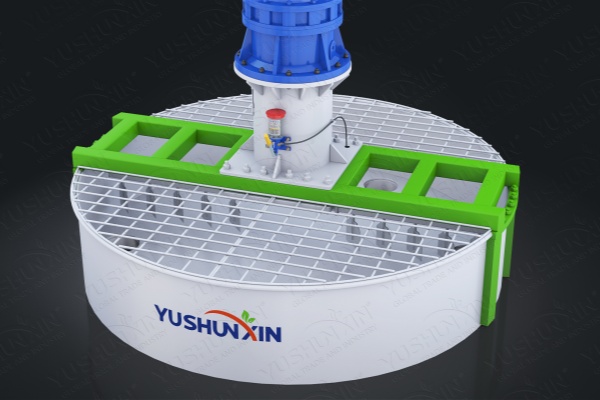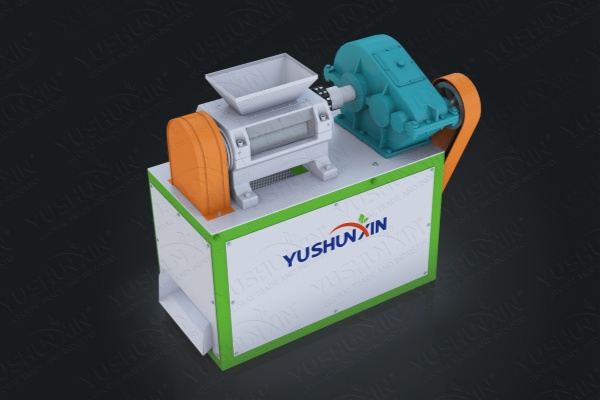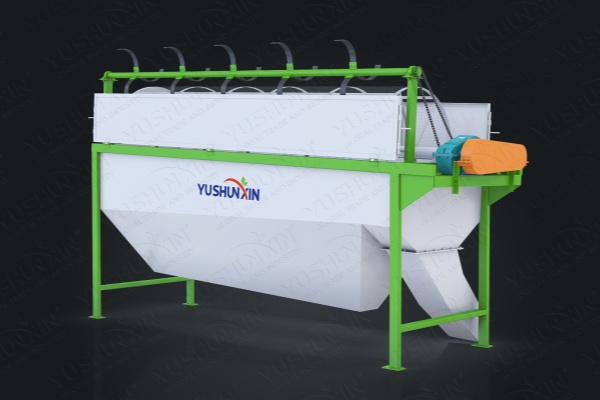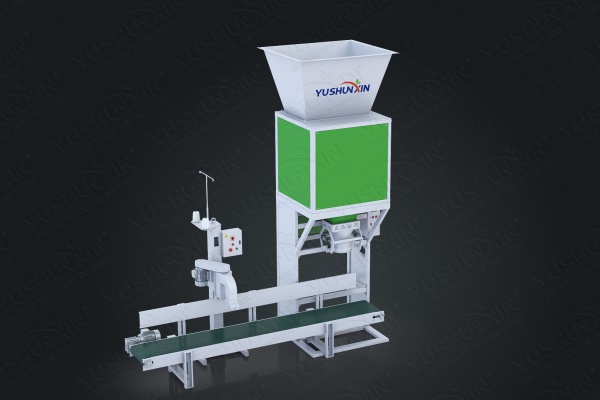Maintaining your double roller extrusion granulator is essential to ensure its longevity and optimal performance. Regular upkeep not only prevents unexpected breakdowns but also guarantees that your fertilizer production runs smoothly and efficiently. Here’s a comprehensive guide on how to maintain your granulator:
Step 1: Regular Cleaning and Inspection
Firstly, to maintain your double roller press granulator effectively, it is crucial to conduct regular cleaning and inspection. At the beginning, you can start by disconnecting the power source and removing any remaining materials. Moreover, you should use a brush or compressed air to clean the rollers and the surrounding areas. Meanwhile, you can inspect the rollers for any signs of wear or damage. By keeping the machine clean and performing regular inspections, you can prevent potential issues and ensure smooth operation.
Step 2: Lubrication of Moving Parts
Secondly, proper lubrication of moving parts is essential for the efficient operation of the roller extrusion granulator. So, you may use the recommended lubricants and follow the our professional equipment manufacturer’s guidelines for lubrication intervals. Also, you can apply the lubricant to the designated points, including bearings, gears, and other moving components. Importantly, it will reduce friction, minimize wear and tear of well-lubricated parts, and extend the lifespan of the machine. Furthermore, you can regularly check the lubrication status and replenish as needed to maintain optimal performance.
Step 3: Adjustment of Roller Gap
Thirdly, the adjustment of the roller gap is a critical maintenance task for a roller compaction granulator. Because, proper roller gap settings ensure the desired granule size and density. Moreover, you should follow our recommendations for adjusting the roller gap based on the type of raw materials being processed. In addition, you should regularly check and adjust the roller gap as needed to maintain consistent granulation performance. By ensuring the correct roller gap settings, you can produce high-quality granules and prevent issues such as uneven granule size or blockages.
Step 4: Replacement of worn parts
Fourthly, parts of your granulator will inevitably wear out due to regular use. So, you must keep a close eye on components that tend to wear out quickly, such as rollers, bearings, and seals. Besides, you can inspect these parts frequently for any wear signs, including cracks, dents, or excessive wear. Once you notice that parts are worn, replace them immediately with genuine parts. Additionally, you can contact us to have new parts shipped for free shipping during the warranty period. Thus, timely replacement of worn components helps you avoid operational interruptions, maintain granulation quality, and extend the overall life of your machine.
Step 5: Optimizing Material Handling
Finally, proper material handling is key to the maintenance of a dry extrusion granulator. For example, you need to ensure that the raw materials fed into the machine meet the specified requirements in terms of moisture content, particle size, and composition. Also, you should also avoid overloading the machine to prevent undue stress and damage. Additionally, you can regularly clean the material feeding system to prevent clogs and ensure smooth material flow. By optimizing material handling practices, you can maximize the efficiency and productivity of the granulation process while minimizing wear on the machine.
Conclusion
Overall, maintaining a double roller extrusion granulator involves a combination of regular cleaning, lubrication, adjustments, part replacements, and material handling optimization. By following these maintenance guidelines diligently, you can ensure the longevity, efficiency, and quality performance of your granulation equipment. Because it not only increases productivity but also minimizes downtime and repair costs in the long run.




